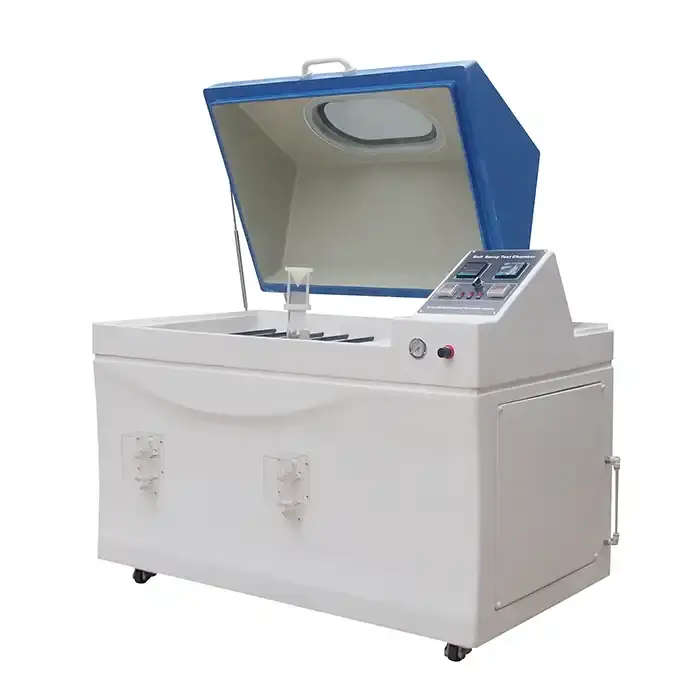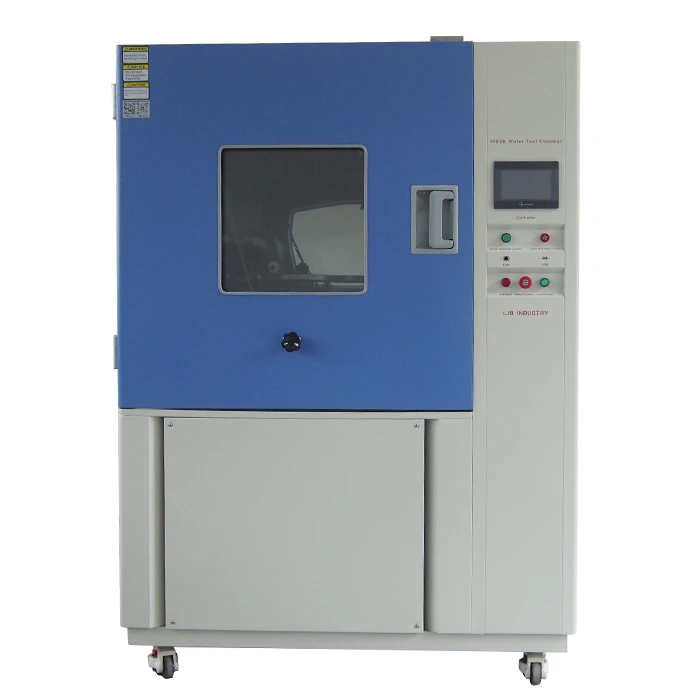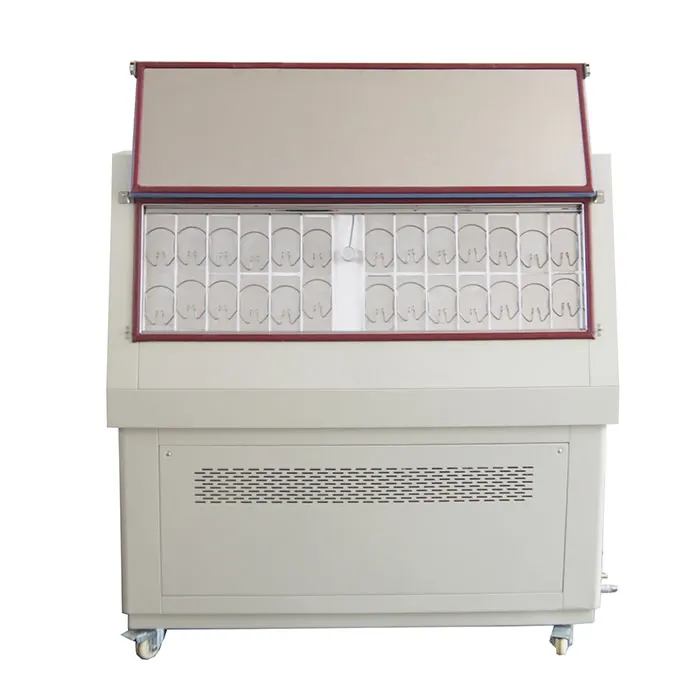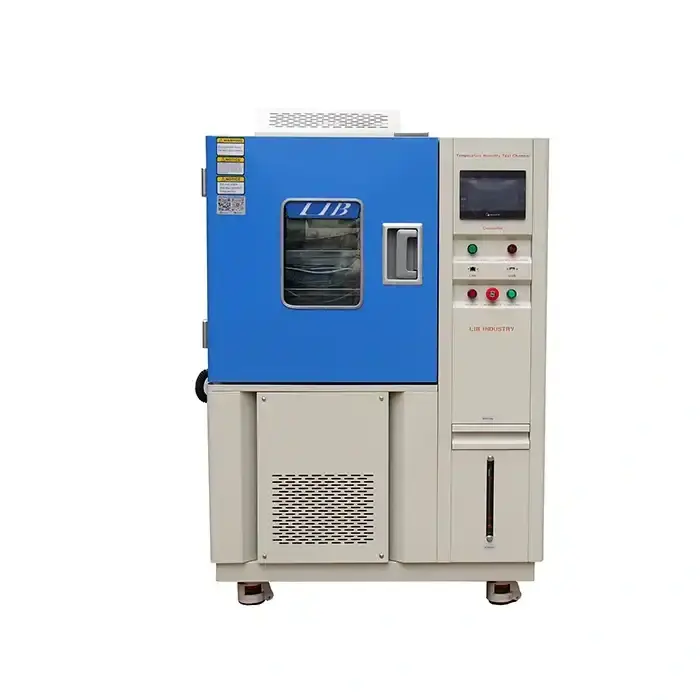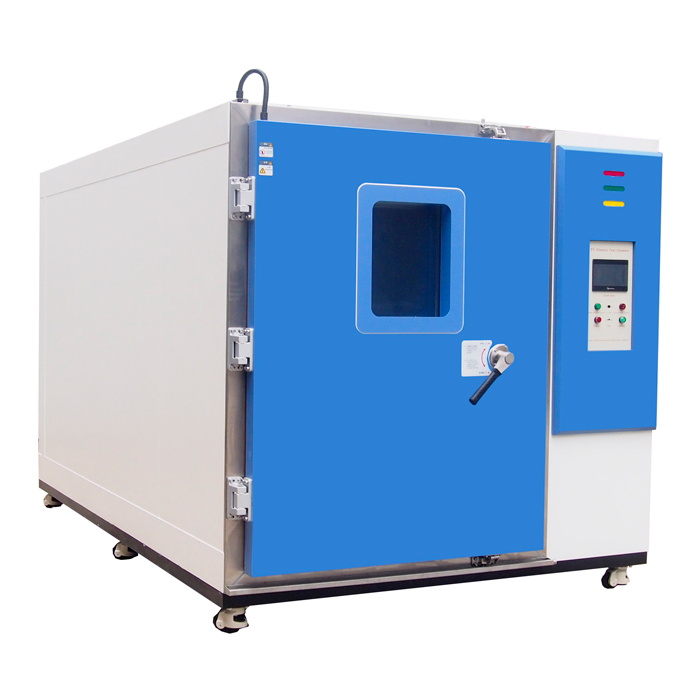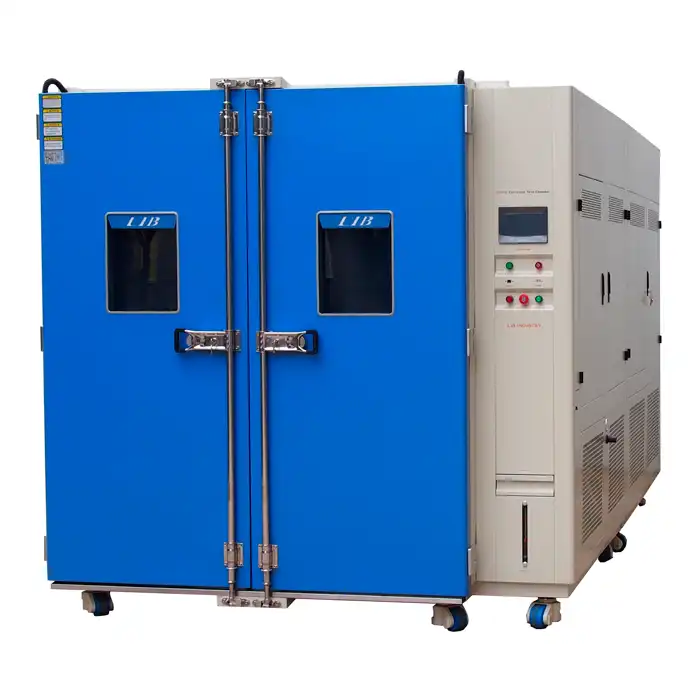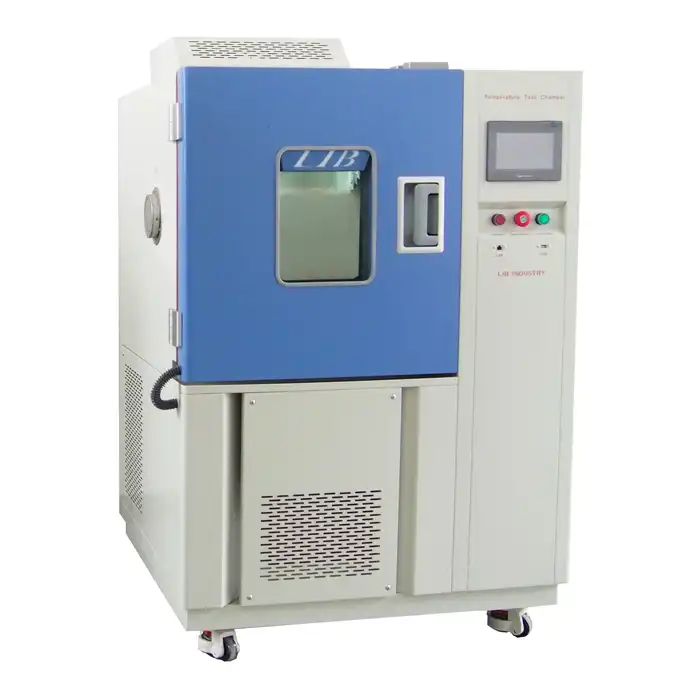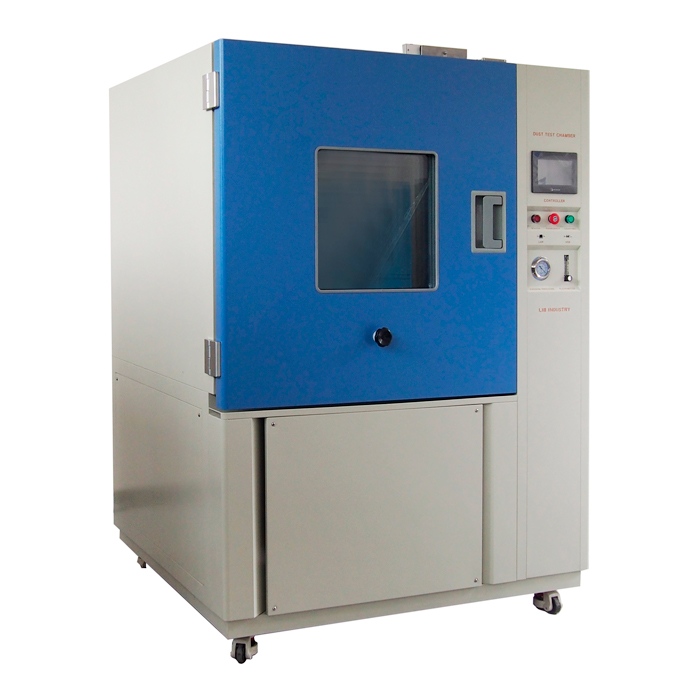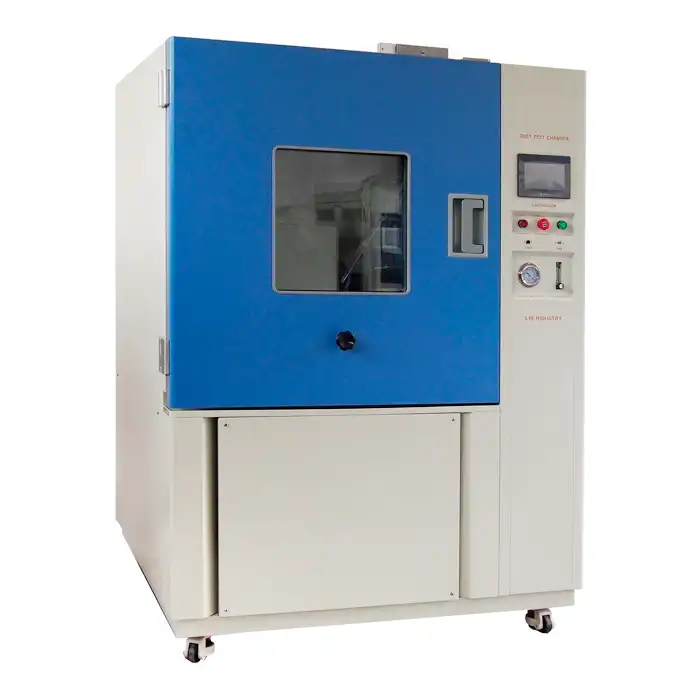How to Maximize the Performance of the ASTM G85 Salt and SO2 Spray Test Chamber in Your Laboratory?
Maximizing the performance of your ASTM G85 salt and SO2 spray test chamber is crucial for obtaining accurate and reliable results in corrosion testing. To achieve optimal performance, focus on proper maintenance, precise calibration, and adherence to standardized procedures. Regularly clean and inspect the chamber components, ensure consistent salt solution concentration and pH levels, and maintain appropriate temperature and humidity conditions. Implement a robust quality control program, train operators thoroughly, and stay updated with the latest ASTM G85 guidelines. By following these practices, you can enhance the efficiency and reliability of your salt and SO2 spray test chamber, leading to more accurate corrosion assessments and improved product development processes.
Understanding the ASTM G85 Salt and SO2 Spray Test Chamber
The Importance of Corrosion Testing in Environmental Chambers

Corrosion testing plays a vital role in assessing the durability and performance of materials and products across various industries. The ASTM G85 salt and SO2 spray test chamber is a specialized environmental testing equipment designed to simulate aggressive corrosive environments. This chamber allows manufacturers and researchers to evaluate the corrosion resistance of materials, coatings, and finished products under controlled conditions.
By subjecting test specimens to a combination of salt spray and sulfur dioxide, the ASTM G85 test chamber replicates real-world corrosive environments encountered in industrial, marine, and urban settings. This accelerated testing method helps predict the long-term behavior of materials and identify potential weaknesses in corrosion protection systems.
Key Components of an ASTM G85 Test Chamber
To fully understand and optimize the performance of your ASTM G85 salt and SO2 spray test chamber, it's essential to familiarize yourself with its key components:
| Spray nozzle system: Responsible for atomizing and distributing the salt solution evenly throughout the chamber. | |
| Salt solution reservoir: Stores the prepared salt solution used for testing. | |
| SO2 gas injection system: Introduces controlled amounts of sulfur dioxide into the chamber atmosphere. | |
| Temperature control system: Maintains the desired temperature within the chamber. | |
| Humidity control system: Regulates the relative humidity inside the chamber. | |
| Specimen support rack: Holds test specimens in the proper orientation during testing. | |
| Drain system: Removes excess solution and prevents pooling within the chamber. | |
| Control panel: Allows operators to set and monitor test parameters. |
Understanding these components and their functions is crucial for maintaining and optimizing the performance of your ASTM G85 test chamber.
Optimizing Chamber Performance and Maintenance
Calibration and Monitoring Techniques
Proper calibration and continuous monitoring are essential for maintaining the accuracy and reliability of your ASTM G85 salt and SO2 spray test chamber. Implement the following techniques to optimize chamber performance:
- Regular calibration of temperature sensors: Ensure that temperature readings are accurate across the entire chamber volume.
- Humidity sensor calibration: Verify and adjust humidity sensors to maintain precise relative humidity levels.
- Salt solution concentration monitoring: Regularly check and adjust the salt solution concentration using appropriate methods, such as specific gravity measurements or titration.
- pH monitoring: Maintain the required pH range of the salt solution and fog condensate as specified in the ASTM G85 standard.
- SO2 gas flow calibration: Calibrate and verify the SO2 gas injection system to ensure accurate and consistent gas concentrations.
- Spray distribution verification: Periodically assess the uniformity of salt spray distribution using collection tubes or other approved methods.
By implementing these calibration and monitoring techniques, you can ensure that your ASTM G85 test chamber consistently delivers accurate and reproducible results.
Cleaning and Preventive Maintenance Protocols
Regular cleaning and preventive maintenance are crucial for maximizing the performance and longevity of your ASTM G85 salt and SO2 spray test chamber. Develop and adhere to a comprehensive maintenance schedule that includes the following tasks:
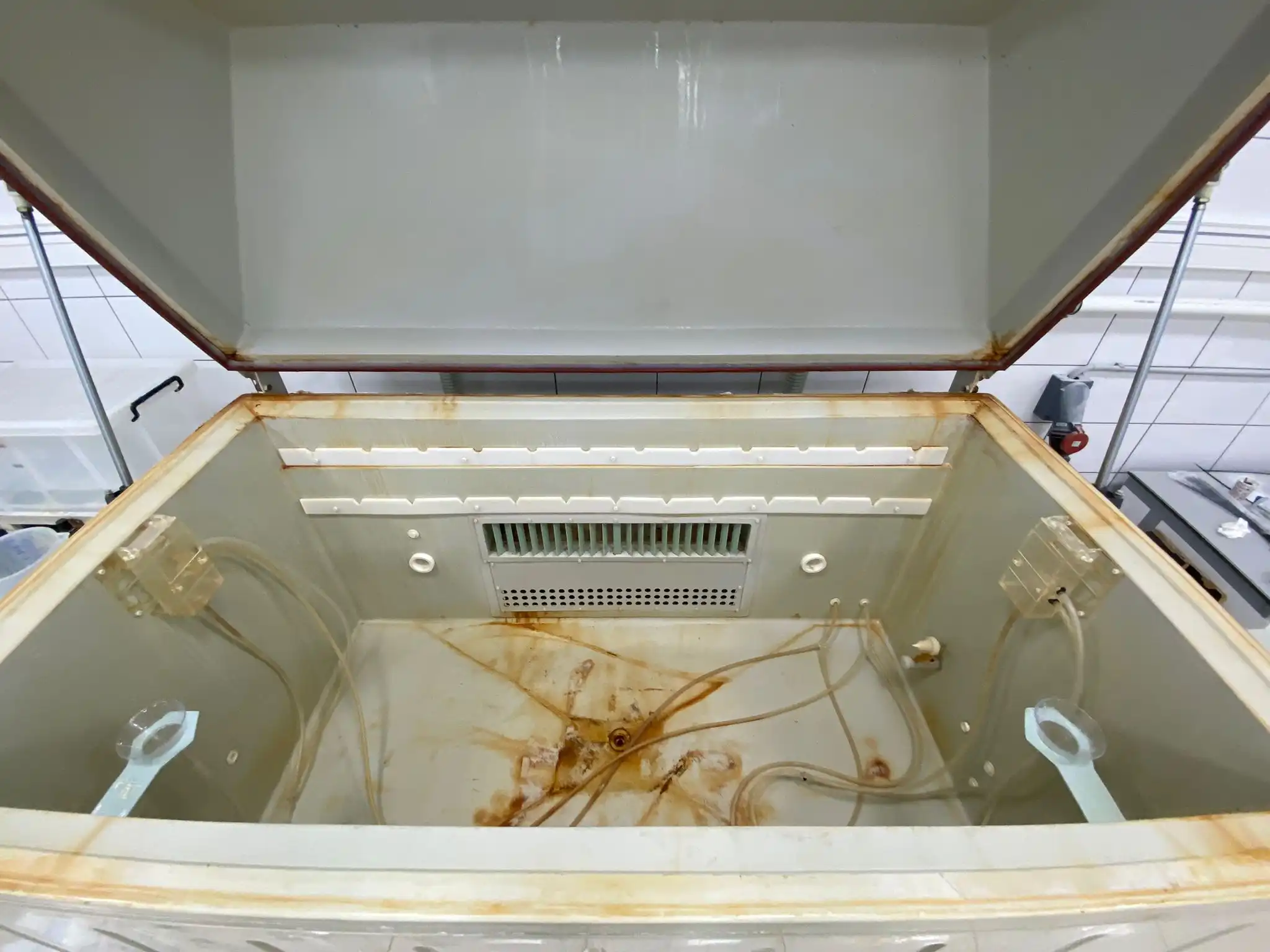
- Daily cleaning of spray nozzles and solution filters to prevent clogging and ensure uniform spray distribution.
- Weekly cleaning of chamber walls, ceiling, and floor to remove salt deposits and prevent contamination.
- Monthly inspection and cleaning of the specimen support rack and drain system.
- Quarterly inspection and maintenance of the humidity generation system, including any water demineralization equipment.
- Bi-annual inspection and calibration of temperature and humidity sensors.
- Annual inspection and maintenance of the SO2 gas injection system, including replacement of gas filters and regulators as needed.
Implementing these cleaning and maintenance protocols will help prevent equipment failures, minimize downtime, and ensure consistent test results over time.
Optimizing Test Parameters for Specific Applications
While the ASTM G85 standard provides guidelines for various test procedures, optimizing test parameters for specific applications can enhance the relevance and efficiency of your corrosion testing. Consider the following approaches:
- Tailor exposure cycles: Adjust the duration and sequence of salt spray, SO2 exposure, and drying periods to better simulate real-world conditions for your specific application.
- Modify salt solution composition: Explore the use of alternative salt mixtures or additives that more closely replicate the corrosive environment encountered by your products.
- Fine-tune temperature and humidity levels: Adjust these parameters within the allowable ranges to match the intended service conditions of your materials or products.
- Optimize specimen positioning: Experiment with different specimen orientations and arrangements to ensure uniform exposure and representative results.
- Incorporate additional environmental factors: Consider integrating UV exposure or temperature cycling to create more comprehensive test conditions.
By optimizing test parameters for your specific applications, you can extract more valuable and actionable data from your ASTM G85 salt and SO2 spray test chamber.
Enhancing Test Accuracy and Result Interpretation
Quality Control Measures for Consistent Results
Implementing robust quality control measures is essential for ensuring consistent and reliable results from your ASTM G85 salt and SO2 spray test chamber. Consider incorporating the following practices into your testing protocols:
- Use certified reference materials: Regularly test standardized specimens with known corrosion behavior to verify chamber performance and result consistency.
- Implement a rigorous sample preparation process: Develop and follow standardized procedures for cleaning, handling, and preparing test specimens to minimize variability.
- Maintain detailed test logs: Document all test parameters, environmental conditions, and any deviations from standard procedures for each test run.
- Conduct regular proficiency testing: Participate in inter-laboratory comparison programs to assess and improve the accuracy of your testing procedures.
- Establish control charts: Monitor key performance indicators over time to identify trends and potential issues in chamber performance.
By implementing these quality control measures, you can enhance the reliability and reproducibility of your ASTM G85 test results.
Data Analysis and Interpretation Techniques
Extracting meaningful insights from ASTM G85 test results requires careful analysis and interpretation. Consider the following techniques to maximize the value of your corrosion testing data:
- Utilize advanced imaging techniques: Employ high-resolution photography, 3D scanning, or microscopy to quantify and characterize corrosion damage.
- Apply statistical analysis: Use statistical tools to assess the significance of observed differences in corrosion resistance between materials or treatments.
- Develop corrosion rate models: Create mathematical models to predict long-term corrosion behavior based on accelerated test results.
- Implement machine learning algorithms: Explore the use of AI-driven data analysis to identify patterns and correlations in large datasets from multiple test runs.
- Conduct comparative analysis: Benchmark your test results against industry standards and historical data to contextualize performance improvements.
By employing these data analysis and interpretation techniques, you can extract more valuable insights from your ASTM G85 salt and SO2 spray test chamber results and make more informed decisions in product development and material selection processes.
Continuous Improvement Strategies
To maximize the performance and value of your ASTM G85 salt and SO2 spray test chamber over time, implement continuous improvement strategies:
- Regular operator training: Provide ongoing education and training to ensure all personnel are up-to-date with the latest testing procedures and best practices.
- Stay informed about standard updates: Regularly review and implement changes to the ASTM G85 standard to maintain compliance and improve testing methodologies.
- Collaborate with industry peers: Participate in industry forums and conferences to share knowledge and learn from others' experiences with ASTM G85 testing.
- Conduct periodic performance audits: Regularly assess your testing processes and results to identify areas for improvement and optimization.
By embracing these continuous improvement strategies, you can ensure that your ASTM G85 salt and SO2 spray test chamber remains at the forefront of corrosion testing capabilities, delivering valuable insights and supporting your organization's product development and quality assurance goals.
Conclusion
Maximizing the performance of your ASTM G85 salt and SO2 spray test chamber is a multifaceted endeavor that requires attention to detail, ongoing maintenance, and a commitment to continuous improvement. By understanding the intricacies of the test chamber, implementing rigorous calibration and maintenance protocols, and optimizing test parameters for specific applications, you can ensure reliable and accurate corrosion testing results. Employing robust quality control measures, advanced data analysis techniques, and continuous improvement strategies will further enhance the value and insights derived from your testing program. By following these guidelines, you can leverage your ASTM G85 test chamber to its fullest potential, supporting innovation and quality assurance in your organization.
Contact Us
Are you looking to enhance your corrosion testing capabilities and maximize the performance of your ASTM G85 salt and SO2 spray test chamber? LIB Industry specializes in providing turn-key solutions for environmental testing, including state-of-the-art ASTM G85 test chambers. Contact us today at info@libtestchamber.com to learn how we can help you optimize your testing processes and achieve superior results.
References
1. ASTM International. (2019). ASTM G85-11: Standard Practice for Modified Salt Spray (Fog) Testing. West Conshohocken, PA: ASTM International.
2. Wonsekera, C., & Nagalingam, R. (2020). Corrosion Testing Methods: Principles and Applications. Journal of Materials Engineering and Performance, 29(8), 5123-5140.
3. Zhang, X., & Li, Y. (2021). Optimization of ASTM G85 Test Parameters for Automotive Corrosion Evaluation. Corrosion Science and Technology, 20(3), 185-194.
4. Thompson, N. G., & Frankel, G. S. (2018). Handbook of Environmental Degradation of Materials (3rd ed.). Elsevier Science.
5. ISO. (2017). ISO 9227:2017 Corrosion tests in artificial atmospheres - Salt spray tests. Geneva: International Organization for Standardization.
6. Revie, R. W., & Uhlig, H. H. (2022). Corrosion and Corrosion Control: An Introduction to Corrosion Science and Engineering (5th ed.). Wiley.



